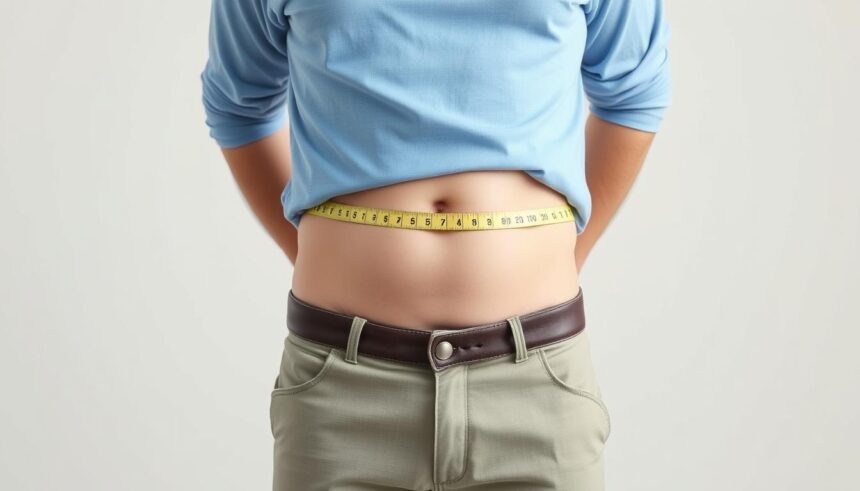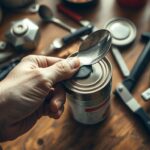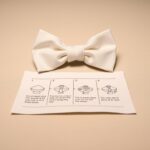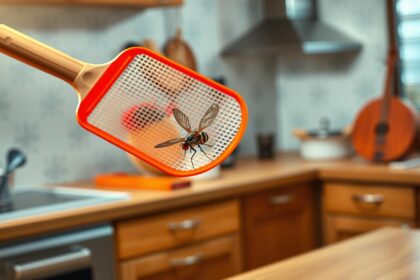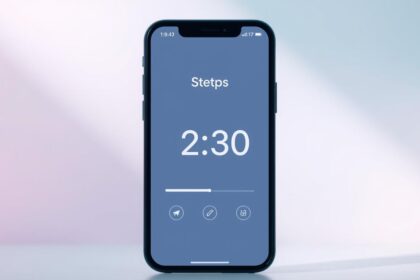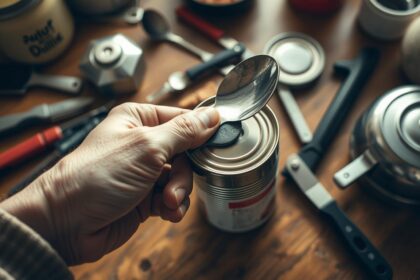Understanding your body is key to your health and fitness. Your waist size is more than a number; it shows your health. Taking the first step to a healthier you starts with accurate waist measurement.
Learning how to measure your waist right is more than tracking a number. It’s about taking charge of your health. An accurate measurement lets you track body changes, set achievable fitness goals, and spot health risks early.
Key Takeaways
- Accurate waist measurement is vital for tracking health and fitness.
- Knowing your waist size can help spot health risks.
- Measuring your waist correctly is a simple step to a healthier you.
- Waist size is a key indicator of overall health.
- Regular waist measurements help track body changes.
Why Accurate Waist Measurement Matters
Getting your waist measurement right is key to knowing your health status. Your waist size affects your health risks, how your clothes fit, and your fitness journey progress.
Health Implications of Waist Size
Your waist size is a big health indicator. A bigger waist can lead to diabetes and heart disease. Too much fat around your waist can cause insulin resistance and high blood pressure, raising your heart disease risk.
By measuring your waist accurately, you can spot health risks early. This lets you take steps to lower them.
Importance for Clothing Fit
Knowing your waist size is also key for finding clothes that fit right. Whether buying off-the-rack or getting clothes tailored, knowing your waist size helps pick the right fit. This boosts your comfort and confidence.
A well-fitting waist can greatly improve how you feel about yourself. It can make you feel more confident.
Tracking Fitness Progress
Tracking your waist size as you work towards fitness goals is motivating. It shows your progress whether you’re losing fat or building muscle. Watching your waist measurement helps you stay motivated and celebrate your successes.
When to Measure Your Waist
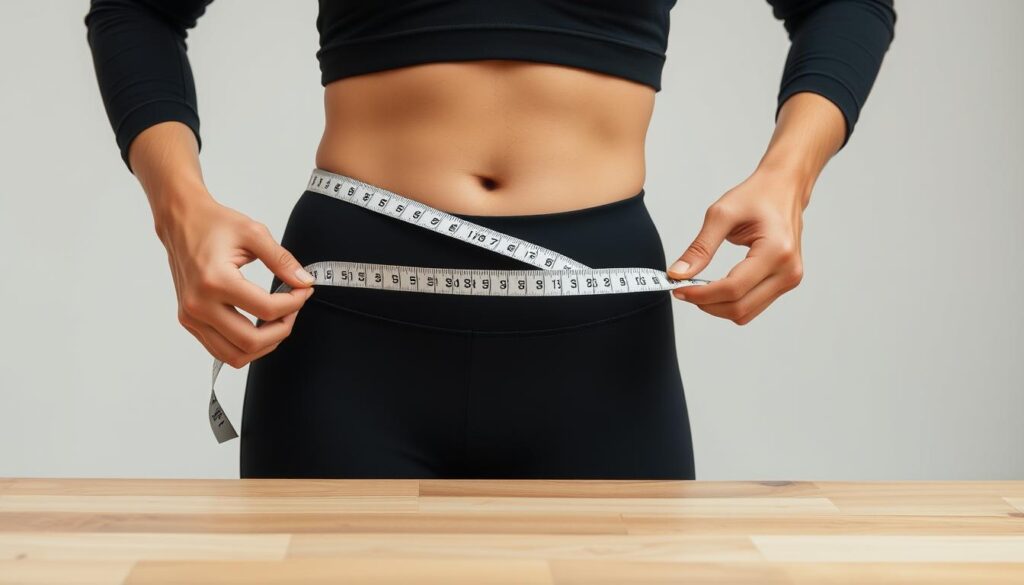
Getting an accurate waist measurement is not just about how you do it. It’s also about when you do it. You might be wondering the best time to get a precise reading. Generally, measuring your waist at the same time each day gives consistent results.
Best Time of Day
It’s best to measure your waist in the morning before eating. This gives you a consistent baseline. It helps you track changes more effectively.
Frequency Recommendations
How often you should measure your waist depends on your goals. If you’re tracking fitness progress, start with once a week. For general health monitoring, once a month might be enough.
Before and After Fitness Programs
It’s wise to take measurements before starting and after completing a fitness program. This shows the impact of your efforts. It helps you make necessary adjustments.
Tools Needed for Accurate Waist Measurement
To measure your waist right, you need the right tools. We’ll look at what you need. The right tools help you get consistent and reliable measurements. This makes it easier to see changes over time.
Types of Measuring Tapes
A flexible measuring tape is the best tool for waist size. There are many types, like cloth, plastic, and fiberglass. Cloth tapes are soft but might stretch. Plastic or fiberglass tapes are sturdy and don’t stretch much, giving you a precise measurement.
Digital Alternatives
Nowadays, you can use smart measuring tapes or apps on your phone. These digital tools give quick and accurate measurements. Some even track changes over time.
Improvising When Tools Aren’t Available
If you don’t have a measuring tape, use a string or flexible cord. Wrap it around your waist. Then, measure it against a ruler to find your waist size. This trick works when you can’t find a measuring tape.
Preparing for Waist Measurement
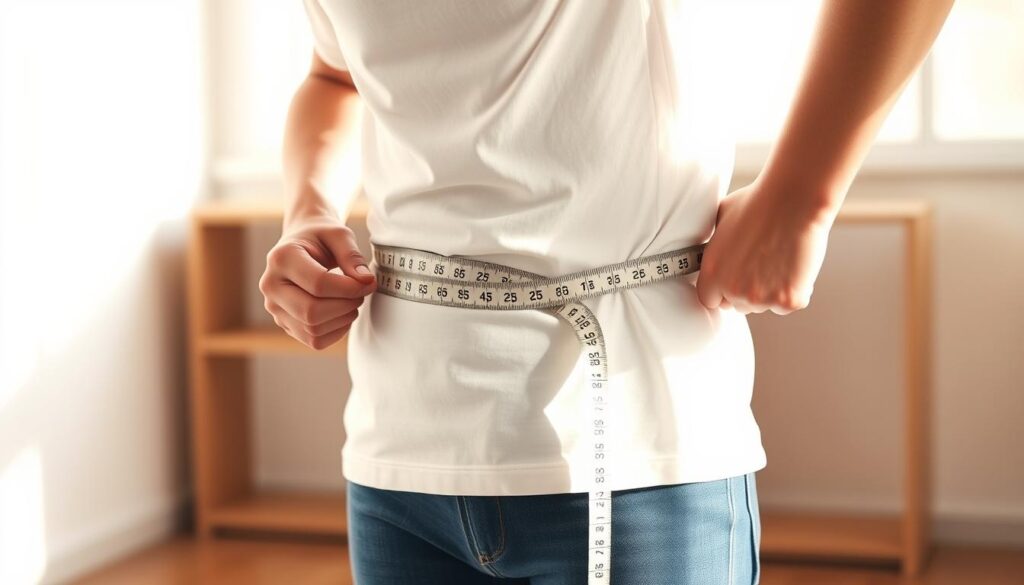
To get the most accurate waist measurement, preparation is key. Before you start, follow a few simple steps for a precise measurement.
Appropriate Clothing
Wearing the right clothing is essential for an accurate waist measurement. Wear thin, tight-fitting clothes or measure directly over your skin. Avoid thick or bulky clothes that can add extra inches.
Opt for clothes that fit closely to your body, allowing the measuring tape to sit snugly around your waist.
Body Position
Your body position during measurement is just as important as the clothing you wear. Stand upright with your feet shoulder-width apart, and keep your arms relaxed by your sides. Maintaining good posture will help you achieve a more accurate measurement.
Relaxation Techniques
Being relaxed during the measurement process is vital. Take a few deep breaths to calm your body and mind. Avoid holding your breath or tensing up, as this can affect the measurement.
Relax your abdominal muscles and let the measuring tape sit comfortably around your natural waistline.
How to Measure Waist: Step-by-Step Guide
Learning to measure your waist correctly is easy and important. It helps you track your health and fitness. Here’s a simple guide to help you do it right.
Finding the Correct Waist Position
First, find the right spot to measure your waist. Stand up straight and find the narrowest part of your waist, just above your belly button. Don’t slouch or hold your breath while measuring.
Proper Tape Placement
After finding the spot, wrap a flexible tape around your waist. The tape should be snug but not too tight. You should be able to slip a finger under it. Make sure the tape is flat and not twisted.
Reading the Measurement Accurately
To get an accurate reading, exhale normally before taking the measurement. Take the reading at the end of a normal breath out. Read the measurement to the nearest fraction or decimal.
Recording Your Results
After measuring, write down the result in a journal or use a digital app. Consistency is key. Try to measure at the same time and under similar conditions each time.
By following these steps, you can measure your waist accurately. This helps you track changes and stay on top of your health and fitness goals.
Common Mistakes When Measuring Waist
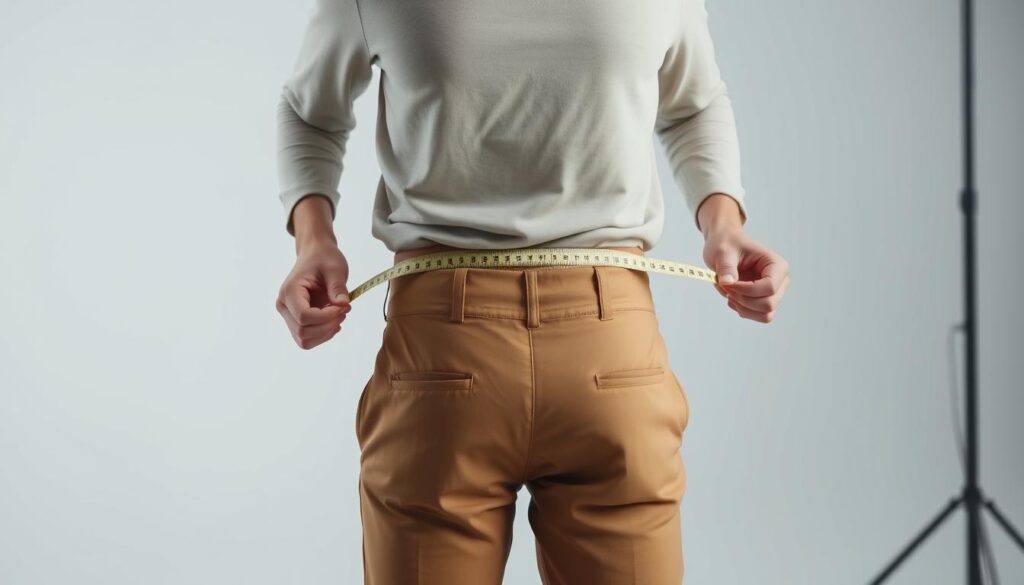
Measuring your waist is more than just wrapping a tape around it. It’s about doing it right. Even with good intentions, we can make mistakes. Knowing these common mistakes helps you get a more accurate waist measurement.
Tape Too Tight or Too Loose
One big mistake is using a tape that’s too tight or too loose. A tape that’s too tight makes your waist look smaller than it is. On the other hand, a tape that’s too loose makes it look bigger. To get it right, make sure the tape is snug but not too tight. You should be able to slip a finger under it easily.
Incorrect Positioning
Another mistake is putting the tape in the wrong spot. The right spot is just above your belly button, where your waist is naturally narrow. Measuring anywhere else can give you the wrong size.
Measuring Over Clothing
Measuring over clothes can make your waist look bigger than it is. It’s best to measure on your skin or over very thin clothes. This way, you get a more accurate measurement.
Holding Your Breath
Measuring while holding your breath can also mess up your results. When you hold your breath, your stomach muscles tighten, making your waist look smaller. Instead, take a deep breath out and measure then. This way, you’ll get a more consistent reading.
| Common Mistake | Effect on Measurement | How to Avoid |
|---|---|---|
| Tape too tight or too loose | Inaccurate size | Ensure tape is snug but not constricting |
| Incorrect positioning | Wrong measurement level | Measure at the natural waistline |
| Measuring over clothing | Added bulk | Measure on skin or thin clothing |
| Holding your breath | Smaller measurement | Measure after a relaxed breath out |
By watching out for these common pitfalls and using the correct techniques, you can get a more accurate waist measurement. This is important for tracking your fitness progress and understanding health issues related to waist size.
Different Waist Measurement Methods for Different Purposes
Waist measurement isn’t a one-size-fits-all process; various methods cater to different needs and objectives. Depending on your goals, you might need to use different approaches to get the most accurate and useful measurements.
Medical and Health Assessment Measurements
For medical and health assessments, waist circumference is a critical indicator of health risks associated with central obesity. The World Health Organization recommends measuring waist circumference at the midpoint between the lower margin of the last palpable rib and the top of the iliac crest. This method provides a reliable indicator of visceral fat, which is linked to various health conditions like diabetes and cardiovascular disease.
Key considerations for medical measurements include:
- Using a flexible, non-stretchable tape
- Measuring at the correct anatomical landmark
- Ensuring the tape is level and parallel to the floor
Fashion and Clothing Measurements
For fashion and clothing purposes, waist measurement is essential for determining the correct clothing size. This method often involves measuring around the narrowest part of the natural waistline, typically just above the belly button. Clothing manufacturers may use different standards, so it’s essential to refer to the specific sizing chart for the brand you’re purchasing from.
Fitness and Body Composition Tracking
When tracking fitness and body composition, waist measurement can be used alongside other metrics to monitor progress. This might involve measuring at multiple points around the waist or using it in conjunction with body fat percentage measurements. The key is consistency in measurement technique to accurately track changes over time.
By understanding the different waist measurement methods and their applications, you can choose the most appropriate approach for your specific needs, whether it’s for health monitoring, fashion, or fitness tracking.
Interpreting Your Waist Measurement
Your waist measurement is more than just a number. It’s a key indicator of your health status. Knowing what your waist size means can help you make better health choices.
Healthy Waist Circumference Guidelines
For adults, healthy waist sizes differ by gender and ethnicity. Men should aim for a waist under 40 inches (102 cm). Women should aim for under 35 inches (88 cm). But, these numbers can change based on specific health guidelines.
Waist Circumference Categories
| Category | Men | Women |
|---|---|---|
| Healthy | Less than 40 inches (102 cm) | Less than 35 inches (88 cm) |
| Increased Risk | 40-43 inches (102-110 cm) | 35-38 inches (88-97 cm) |
| High Risk | Greater than 43 inches (110 cm) | Greater than 38 inches (97 cm) |
Waist-to-Hip Ratio Calculation
The waist-to-hip ratio is another key metric for health insights. To find it, divide your waist by your hip. A ratio of 0.9 or less for men and 0.85 or less for women is healthy.
Waist-to-Height Ratio Understanding
The waist-to-height ratio is simple yet effective. Divide your waist by your height. A ratio of 0.5 or higher shows increased health risks.
By understanding these measurements and ratios, you can better understand your health. This knowledge helps you take steps to improve your health if needed.
Tracking Waist Measurements Over Time
Starting your health and fitness journey means tracking your waist measurements. This helps you see how far you’ve come. It lets you make smart choices about your health and fitness plans.
Creating a Measurement Journal
Keeping a measurement journal is a great way to track your waist. It’s just a notebook for your measurements. Seeing your progress can really motivate you.
Remember to write down the date and any changes in your diet or workout. This helps you see how your efforts pay off.
Digital Tracking Apps and Tools
Today, there are many apps and tools for tracking waist measurements. They make it easy to log your measurements and see changes over time. Some apps even track other health metrics, giving you a full picture of your progress.
Understanding Normal Fluctuations
Remember, waist measurements can change for normal reasons. Water retention, hormonal shifts, or the time of day can affect them. Knowing this helps you not get upset by small changes.
Using a journal or digital tools and understanding normal changes helps you track your waist measurements well. This way, you can reach your health and fitness goals.
Special Considerations for Different Body Types
Different body types need special care when measuring waist circumference. You might need to change how you measure based on your body type. This includes during pregnancy, for athletes, or if you have mobility issues.
Measuring During Pregnancy
When you’re pregnant, it’s key to measure at the right time. The usual waist spot might change. Measure around your biggest belly part, often at belly button level or a bit above.
Adaptations for Athletic Builds
People with athletic builds might have more muscle around their waist. Make sure to measure at the narrowest part of your waist. This is usually just above your belly button.
Techniques for Mobility Limitations
For those with mobility issues, getting a waist measurement can be tricky. You might need help or find a different way to do it. Use a flexible tape and have someone help, or use a mirror to guide the tape.
Considerations for Weight Loss Journeys
On a weight loss path? Tracking your waist can be a great motivator. But remember, your waist size can change for many reasons. Try to measure at the same time every day and in the same conditions.
By knowing these special needs and adjusting your method, you can get accurate waist measurements. These will fit your unique situation perfectly.
Conclusion
Now you know how to measure your waist accurately. This knowledge helps you track your progress and make smart health choices. An accurate waist measurement is key to your overall health and fitness.
By following this guide, you’ve started on the path to a healthier life. Use your new skills to watch your waist size change over time. Adjust your workouts as needed. Your accurate waist measurement is a powerful tool for tracking progress or finding the right clothes.
Measuring your waist is a simple yet effective way to check your health. Knowing how to measure your waist size correctly helps you reach your health and fitness goals. Take charge of your health today by making informed choices based on your accurate waist measurement.


